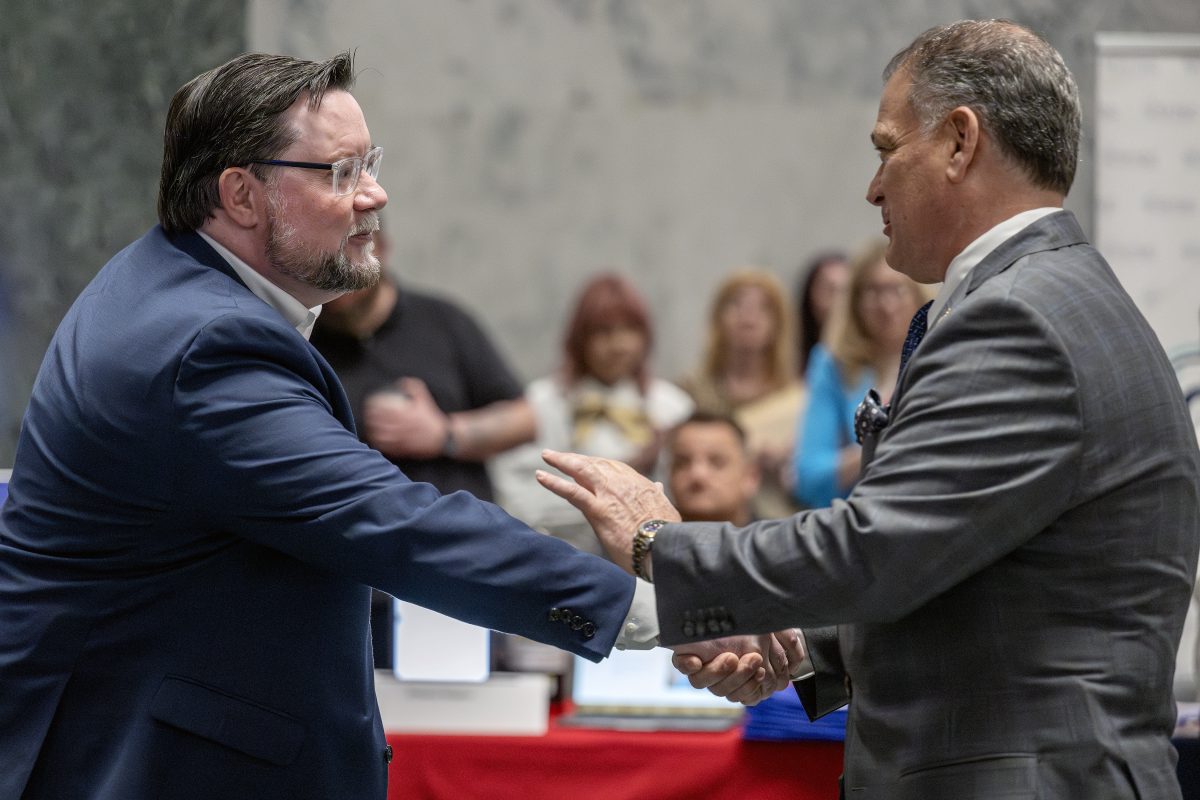New York State budget includes long-awaited changes to modernize BOCES Aid

After years of advocating for changes to BOCES aid, New York’s Boards of Cooperative Educational Services (BOCES) are celebrating a significant legislative victory included in the recently adopted state budget. A key provision included in the final budget is an adjustment to the state aid formula that reimburses districts for a portion of the costs associated with certain BOCES programs. For more than three decades, only a portion of staff salaries, the first $30,000, was included in the program cost used to generate BOCES aid. This amount failed to reflect modern program demands and rising salaries.
The newly adopted budget provision will double that amount, from $30,000 to $60,000. The increase will be phased in over three years, beginning in the 2026–27 school year and be fully implemented by 2028–29.
“This is a win for students, schools, and communities across New York,” said Erie 2-Chautauqua-Cattaraugus BOCES District Superintendent and BOCES of New York State Chair David O’Rourke. “Just like Foundation Aid, BOCES aid needs to be updated to recognize the true cost of delivering high-quality education and other services today, not 30 years ago.”
In addition to increasing BOCES aid by allowing more salary to be aidable, the law expands Special Services Aid for career and technical education programs. This aid is provided to the “Big 5” City School Districts and other districts that are not components of a BOCES. For the first time, ninth-grade students in non-component districts enrolled in CTE programs will generate state aid. Furthermore, the maximum per-pupil aid multiplier for these programs will increase from $3,900 to $4,100.
“We’re grateful to Senator Mayer and Assemblyman Benedetto, Commissioner Rosa and Chancellor Young for championing this issue for so many years in their legislative budgets and priorities,” added O’Rourke. “Thank you to all of our legislative champions, Governor Hochul and the Board of Regents, for their support and enactment of this long-standing priority of our coalition.”
The new provisions mark a significant update to a funding formula that has remained static for over 30 years.
